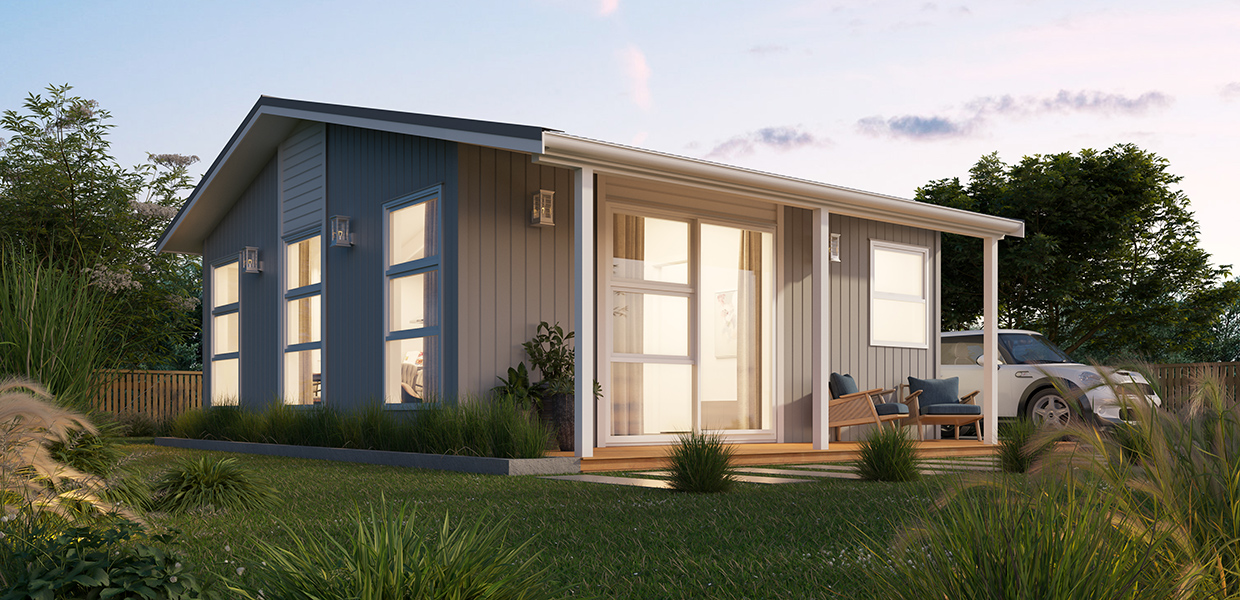
In our Director Mike Fox’s latest Building Today article, he talks upcoming changes to building consents from August 2020, and what this means for the industry and DIYers.
Read on to find out more.
“Like me, no doubt you’ve probably seen recent media coverage that from August this year more building projects can be carried out without a consent.

This has to be good news for the industry and the consumer, as any initiative that reduces council involvement and cost, and improves efficiency, should be well received.”
But what’s the reality behind all the hype?
Mike continues, “In essence, sizes of previously exempted work under Schedule 1 of the Building Act have been increased, and more authority is given to Licensed Building Practitioners and Chartered Professional Engineers.
Using a sleepout as an example, the exemption for building one without consent has increased in size from 10 sq m to 30 sq m.
A more useful exemption in this instance would have been to increase the exemption to 36 sq m — the size of a double garage, reducing the need for even more consents.”
So what requirements must these new projects meet?
“Continuing with the example of a single-level sleepout, as long as it meets local planning regulations, is supplementary to an existing dwelling, is the prescribed distance from boundaries and other buildings, then it can be designed and erected without a building consent in one of the following three ways:
- A kitset or prefab sleepout under 30 sq m can be used where the manufacturer has had the design reviewed by a Chartered Professional Engineer. Anyone can put it up, including a Do-It-Yourselfer (DIYer), or
- A Licensed Building Practitioner can design and erect a sleepout under 30 sq m using any code-compliant design, materials and methods, or
- Anyone can erect a sleepout so long as lightweight materials are used, and it’s built in accordance with B1/AS1 when it comes to structural components. In simple terms, this is pretty much a NZS3604-compliant building with an iron roof, timber structure and weatherboard cladding.
No inspections are required with all of the above, but all work must be done in accordance with the Building Code and relevant standards. It remains unclear how this will be tested, unless a future owner challenges work that might not comply. It will certainly be an interesting space to watch.”
What resources are available?
“MBIE has done some great work providing online modules which explain the Building Code and how to comply with it,” says Mike.
“They are also in the process of rewriting the current somewhat cumbersome guidance document that will accompany the revised Schedule 1.
I recommend all designers and tradespeople upskill by reading the guidance document and using the modules, all available here.
It’s actually somewhat surprising how much work can be completed without a consent but, as with most things, the devil is in the detail, so studying this will be time well spent.”
What about DIY? Isn’t it risky?
“One of the glaring risks I see with the new exemption regime is the ability for a DIYer to complete this work with zero oversight.
This transpires into significantly heightened risk of substandard buildings being completed.
Perhaps a smarter, safer way to do this would have been to set requirements for an LBP to complete or oversee the work of a DIYer for these increased exemptions. Or, failing that, the DIYer would need a consent and be subject to inspections.
Such an approach would provide accountability, and a worthy and clear distinction between a Licensed Building Practitioner and a DIYer, as well as suitable checks and balances on DIYers on larger structures.
Only time will tell how this omission pans out. However, I can see problems on the horizon with the lack of DIY oversight that’s currently proposed,” Mike elaborates.
Can exempted structures, like a sleepout, be self-contained?
Mike continues, “An often-asked question will be, can a sleepout be self-contained and still be built without a consent? The short answer is no — if you are going to include plumbing, then you need a consent.
It’s not yet clear whether the inclusion of plumbing triggers a full building consent for the structure or just the plumbing component.
I see no logical reason why you couldn’t erect your sleepout and then do a small consent for the plumbing required, either part-way through or before any internal linings are installed.
In a perfect world, plumbing would be allowed to be installed without consent on the proviso that it must be completed by a Registered Plumber/Drainlayer, with as-built drawings sent to the local authority so they can keep their records straight.
Perhaps this is something for the next round of amendments, as huge efficiency gains would be made by relaxing this. The reality is that if you are going to build a 30 sq m structure, at some point it will need plumbing.
Plus, with the tiny house revolution gaining momentum, having the ability to put in a small self-contained dwelling without the roadblocks and expense of council involvement would make much needed housing available to many who just can’t get a home through traditional channels.”
What else can I build without a building consent?
“I highlighted a sleepout as an example because it’s easy to relate to, but there are a number of increased exemptions which make sense and are helpful. Key ones include:
- Single storey detached builds up to 30 sq m
- Carports up to 40 sq m
- Ground mounted solar panel structures
- Ground floor awnings and verandahs up to 30 sq m
- Outdoor fireplaces or ovens up to 2.5m high
- Flexible water storage bladders
- Small pipe supporting structures
- Small short span bridges on private land
- Single storey pole sheds and hay barns up to 110 sq m on rural land.
A full list of exemptions is available at building.govt.nz.
Whether each of these exemptions has been fully thought through and considered for its practicality remains to be seen, and there’s potential that some of the changes in the DIY space in particular increase risk in the longer term, and may come back to haunt them in the future.”
Caution is key – do your homework
Mike concludes, “The increased exemptions present a good opportunity to educate the industry around how to make best use of these changes.
It’s imperative that anyone contemplating doing work under the exemptions allowed in Schedule 1 does their homework before forging ahead – especially if you are an LBP as it will be rightly difficult to feign ignorance and ask for forgiveness afterwards.
It would be fair to say that most of us in the industry know of Schedule 1 but would struggle to give you definitive answers about it. The existing guidelines are somewhat overdue for an overhaul and it’s timely that the changes MBIE are making will ideally make things clearer for everyone.
Overall, the changes are a step in the right direction but with a few more tweaks they could be brilliant and have made a real difference. Some opportunities have unfortunately been missed with this well meaning initiative.”
